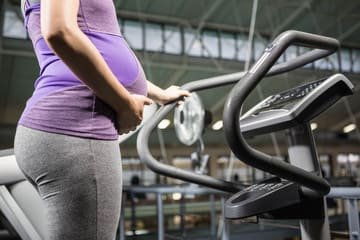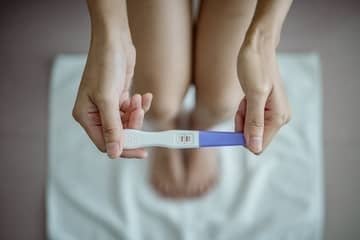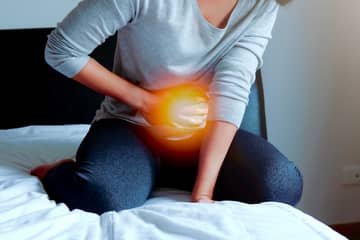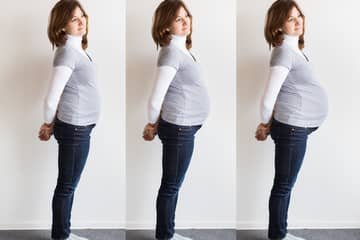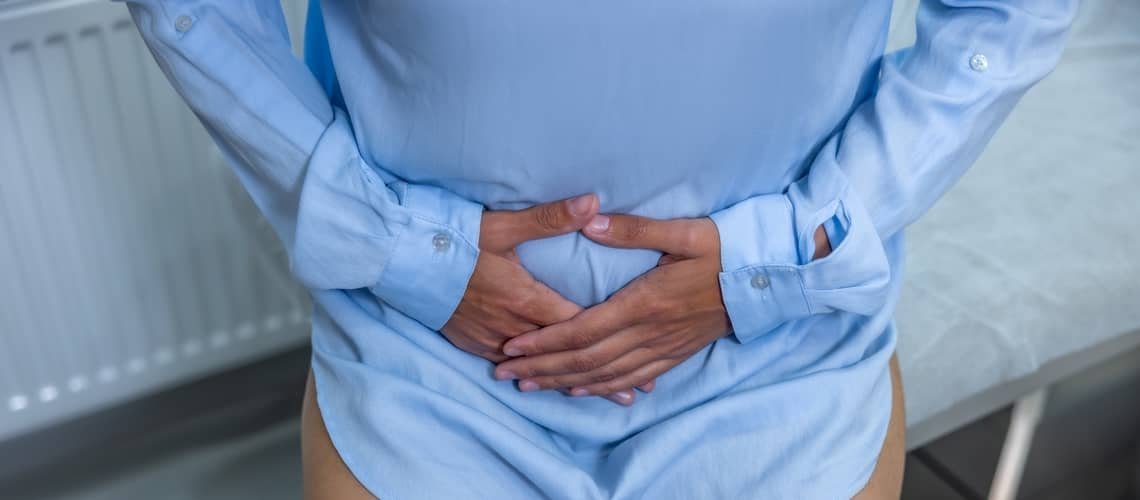
How long do implantation pains last?
Implantation of the egg in the uterus is the process that defines whether the fertilization of the female egg by the male sperm was successful. If the implantation of the egg in the uterus goes well, it is possible to establish the beginning of pregnancy. It is obvious to couples who are trying to conceive that the best time for fertilization in a woman's menstrual cycle is ovulation - fertile days. It occurs roughly in the middle of a woman's menstrual cycle. If the egg is fertilized by sperm, it then travels to the uterus, where it aims to implant. During this process, several phenomena can occur that can prevent the successful start of pregnancy. The entire nesting process takes approximately 13 to 14 days after fertilization.
The implantation of the egg itself, in contrast to the fertilization of the egg by the sperm, can be felt by the woman. However, the symptoms are very individual. Women also often mention various manifestations of nesting in discussions, including pain among them. Implantation of the egg and pain in the lower abdomen are among the typical symptoms, but it often happens that a woman confuses these pains with premenstrual - menstrual cramps. The pain during nesting is short-term, stabbing and causes tingling in the lower abdomen. When nesting, the pain can shoot to the low back area. Discussants in several forums describe the pain in exactly the same way.
A typical symptom is also weaker bleeding or spotting. During implantation, bleeding is caused by implantation on the lining of the uterus. The discharge then has a light red color. Spotting occurs approximately 7 days after ovulation, and many women confuse this symptom with menstruation. Such staining lasts approximately 1 to 2 days. Other symptoms of successful nesting include sensitive breast, loss of appetite, headaches, constipation or increased basal temperature.
Pridať komentár


